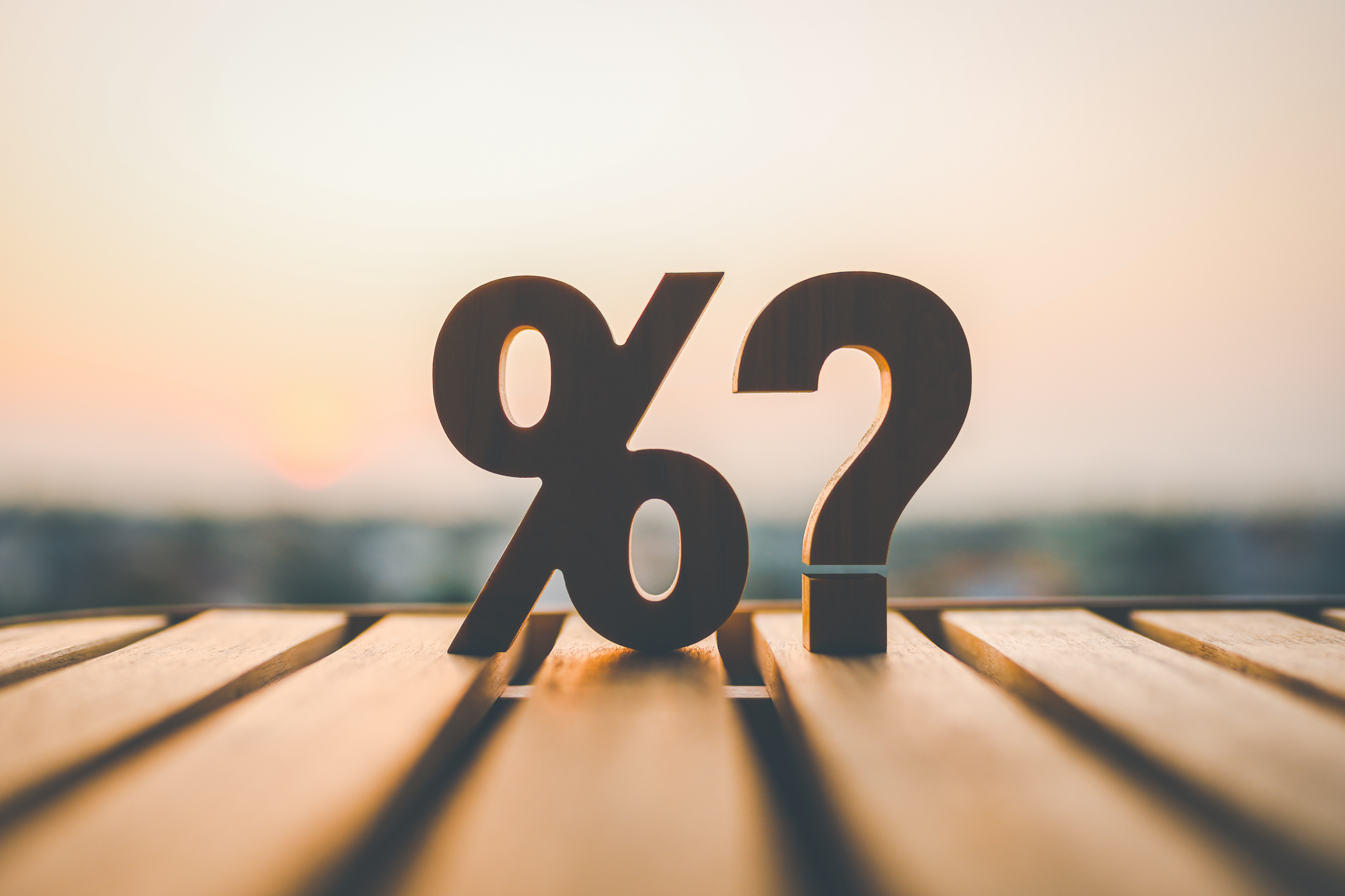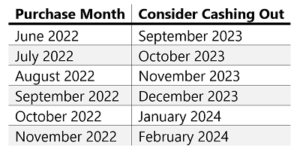Is It Time to Cash Out Your I-Bonds?

In June 2022, as the rate for I-Bonds had risen to an attractive annual interest rate of 9.62%, we posted an article called “Should You Purchase Series I-Bonds?” In that piece, we outlined how I-Bonds work and why some investors might want to take advantage of them.
With inflation slowing down, the relatively high interest rates for I-Bonds have come down too, with a six-month rate of 4.30% applicable from May to October 2023. At this time, other instruments, such as short-term certificates of deposit, money market funds, and short-term bonds may have more attractive yields, although tax treatments should be considered.
So, if you purchased I-Bonds after reading our June 2022 article, should you now consider cashing them out, and if so, when?
First, a little recap from our first article:
I-Bonds have 30-year maturities and pay a fixed interest rate (currently 0.90%, but 0% at the time of the initial article), which stays the same for the life of the bond. I-Bonds also pay an inflation rate based on the Consumer Price Index for all Urban Consumers (CPI-U), which includes the volatile food and energy components. The inflation rate gets reset twice a year at the beginning of May and November.
Here are some important things to remember if you’re looking to cash out:
• For 12 months after purchasing, you cannot redeem your I-Bonds.
• You lose the last three months of interest if you redeem your I-Bond within less than five years.
• I-Bonds accrue interest on the first day of each month.
• Your I-Bond’s interest rate resets six months after your purchase date, not when the new rates are announced in May and November. For example, if you purchased in June, your rate resets in December and June every year.
So, when a new, lower I-Bond rate is announced and you consider cashing out, you must consider when that new lower rate becomes effective for your I-Bonds. You’ll likely want to time your cash-out for three months after your I-Bond’s reset date so that the three months’ interest you lose are of the new lower rate, not the higher rate you were happier with. To accomplish that, you should hold your I-Bond for at least 15 months.
Here’s a chart that outlines when you might consider cashing out your I-Bond, based on your purchase date.

If you have questions about your I-Bonds, please reach out. Your TGS advisor is happy to help!
Please remember that past performance may not be indicative of future results. Different types of investments involve varying degrees of risk, and there can be no assurance that the future performance of any specific investment, investment strategy, or product (including the investments and/or investment strategies recommended or undertaken by TGS Financial Advisors), or any non-investment related content, made reference to directly or indirectly in this article will be profitable, equal any corresponding indicated historical performance level(s), be suitable for your portfolio or individual situation, or prove successful. Due to various factors, including changing market conditions and/or applicable laws, the content may no longer be reflective of current opinions or positions. Moreover, you should not assume that any discussion or information contained in this article serves as the receipt of, or as a substitute for, personalized investment advice from TGS Financial Advisors. To the extent that a reader has any questions regarding the applicability of any specific issue discussed above to his/her individual situation, he/she is encouraged to consult with the professional advisor of his/her choosing. TGS Financial Advisors is neither a law firm nor a certified public accounting firm and no portion of this article’s content should be construed as legal or accounting advice. A copy of the TGS Financial Advisors’ current written disclosure statement discussing our advisory services and fees is available upon request.


